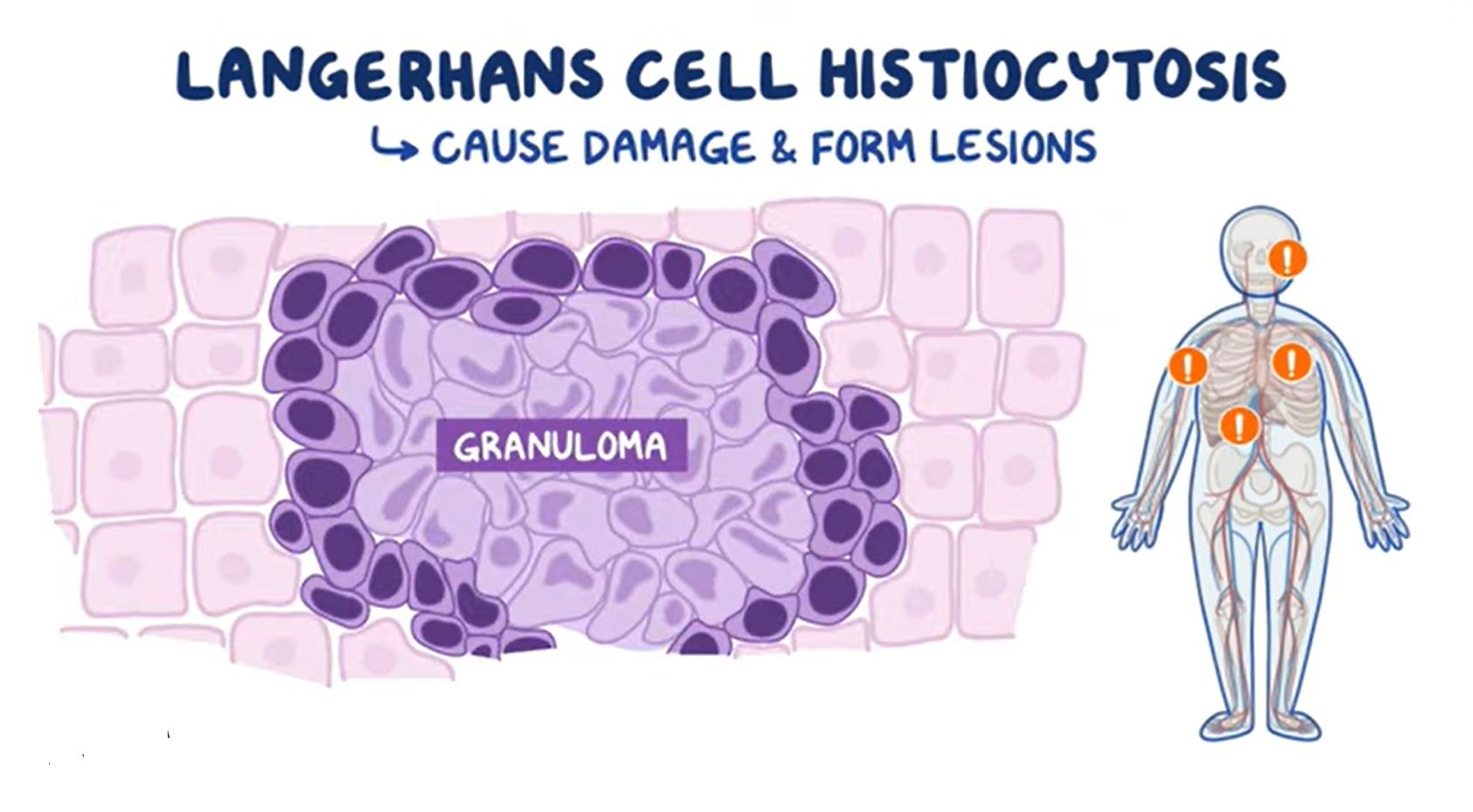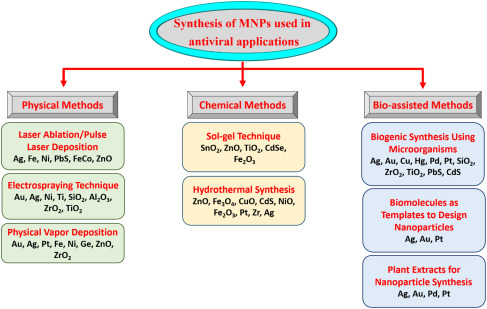This article ties to SDG 3. The objective in the current review is to provide an update on the development of new pharmacological treatments for anxiety disorders and PTSD.
This article ties to SDG 3. This resource, created together by Osmosis and the National Organization for Rare Diseases (NORD), aims to increase the knowledge and awareness about the rare disease Langerhans Cell Histiocytosis (LCH), a proliferation of abnormal histiocytes, which are inflammatory immune cells that constantly patrol the body for invaders and can infiltrate multiple body parts including the bones, skin and nervous system.
Elsevier,
European Journal of Obstetrics & Gynecology and Reproductive Biology: X, Volume 17, March 2023, 100177
Less sexual dysfunction seemed to relate with higher quality of life in older people.
This short communication reports on a new research agenda for understanding and advancing Planet Health Equity (PHE).
Background: Worldwide, approximately 24% of all adults smoke, but smoking is up to twice as prevalent in people with mental ill-health. There is growing evidence that smoking may be a causal risk factor in the development of mental illness, and that smoking cessation leads to improved mental health.
Elsevier,
Genomic Data Sharing, Case Studies, Challenges, and Opportunities for Precision Medicine, 2023, Pages 71-90
The Global Alliance for Genomics and Health (GA4GH) is an international standards development organization focused on advancing human health and medicine through genomic data sharing and interoperability. Founded in 2013, the organization has evolved over time and has adapted to unexpected challenges. Three themes have emerged as critical to the organization's success: (1) community needs must drive development; (2) agility is necessary to create global equity and opportunity; (3) developing an idea into a widely adopted standard requires multiple levels of consensus furthering SDG3.
Elsevier,
Synthesis of Bionanomaterials for Biomedical Applications, Micro and Nano Technologies Series, 2023, Pages 493-528
This chapter aligns with Goals 12 and 13 by reviewing the ongoing research and development activities on the positive and harmful effects of NPs on the environment. First, the emission of NPs is described, then legislation and later the advantages and disadvantages of NPs toward the environment are highlighted. The possible consequences on human health and the environment, both negative and positive, are crucial issues that need to be addressed.
This content supports the SDG Goal 3: Good health and well-being by exploring the human hepatitis B virus (HBV), family Hepadnaviridae, as a highly infectious virus transmitted by blood and body fluids.
Elsevier,
Smart Nanomaterials to Combat the Spread of Viral Infections
Advanced Strategies for the Prevention of Viral Infections
2023, Pages 97-123
This content supports the SDG Goal 3: Good health and well-being by discussing the role of multifunctional metal nanoparticles as antiviral therapeutic agents and nanovaccines against different viruses, including human immunodeficiency virus, hepatitis viruses, influenza A virus, herpes simplex virus, and severe acute respiratory syndrome coronavirus 2.
In this paper the authors analyze the impact of the Glasgow COP26 agreements on commitments from the Paris climate agreement



